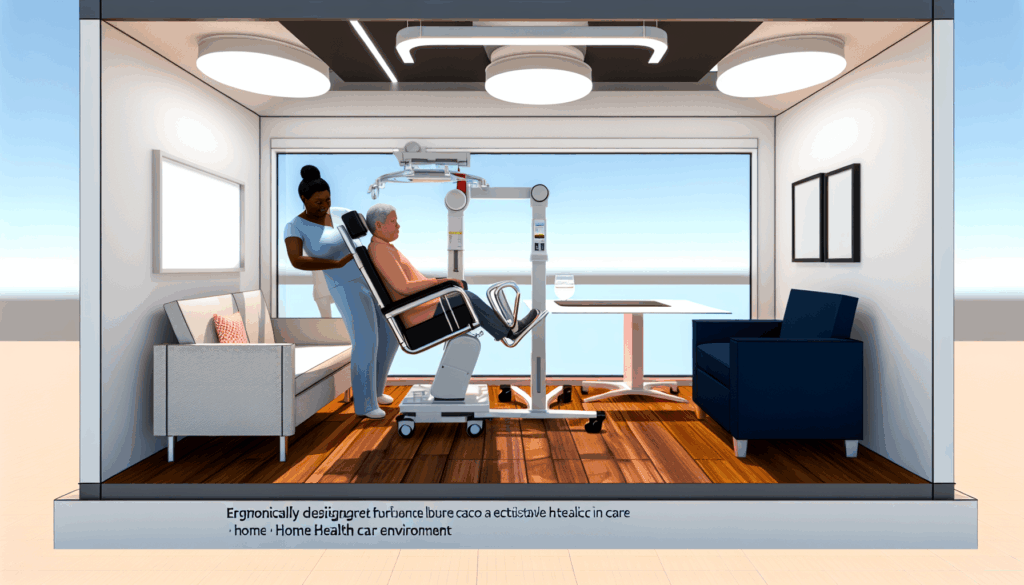Enhancing Wellness and Productivity through Ergonomic Home Care Practices
In a world where home health care is becoming an increasingly prominent aspect of healthcare provision, understanding how to optimize the use and layout of your personal space can have a tremendous impact on patient well-being as well as caregiver productivity. One of the ways this can be accomplished is through the implementation of ergonomic principles.
Ergonomics is the science of arranging and designing our environment so that it fits us, the users, instead of requiring us to adapt to it. Incorporation of ergonomic design in home care comes with a myriad of benefits such as enhancing safety, improving comfort, minimizing fatigue and injury risk, and promoting overall well-being. Today, we’ll delve into how applying ergonomics in home healthcare can foster a healthier and more conducive environment for both the patient and caregiver.
Ergonomic Furniture and Equipment
Furniture that meets ergonomic standards is designed to support your body in its natural position and promote a healthy posture, which is necessary to prevent physical strain and discomfort. Instead of the traditional chair, consider one that provides good lumbar support, adjustable height and armrest, and has a swivel function. On the other hand, height-adjustable and mobile bed tables allow patients to eat, read, or use a laptop without straining their back or neck.
Safe Patient Handling
Caregivers often have to engage in repetitive lifting, repositioning, and transferring of patients, which can lead to back, shoulder and neck injuries. Using patient lifting equipment such as mechanical lifts or transfer belts can reduce physical strain and lower the risk of caregiver injury while ensuring patient safety during transfers.
Assistive Technology
Using assistive technology devices can enhance the patient’s sense of control and independence. These could include ergonomically designed tools for personal grooming, modified kitchen utensils, and adapted controls for electronic devices.
Creating an Ergonomic Layout
Strategically rearranging the home environment can make it more accessible and patient-friendly. It involves removing clutter, ensuring that patient care areas are brightly lit, and bringing frequently used items within easy reach of the patient.
Conducting Ergonomic Assessments
Ergonomics assessments are performed by certified ergonomics experts who evaluate the physical arrangement of your home and suggest improvements based on ergonomic principles. This can go a long way in ensuring your home is safe, comfortable, and user-friendly for everyone involved.
By practicing ergonomic principles in home health care settings, we can not only improve patient care but also enhance the physical well-being of caregivers. Making these small but significant adjustments can play a huge role in fostering a favorable care environment and improving the overall home health care experience.
Remember, every little step towards creating an ergonomic home health care environment can make a huge difference to the lives of patients and caregivers. So, it’s never too late to start enhancing your home health care approach using ergonomic principles!



